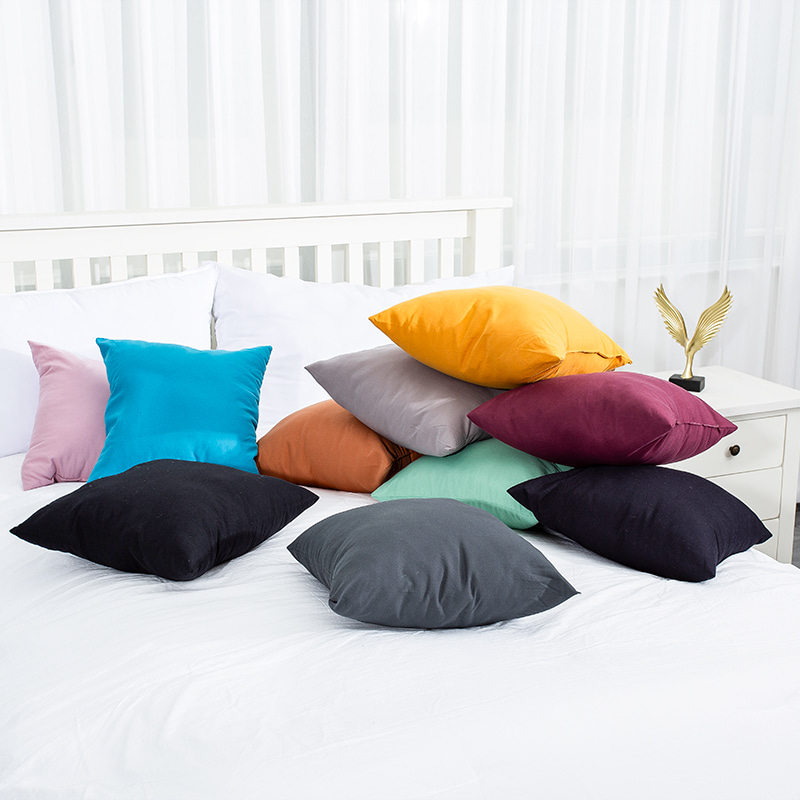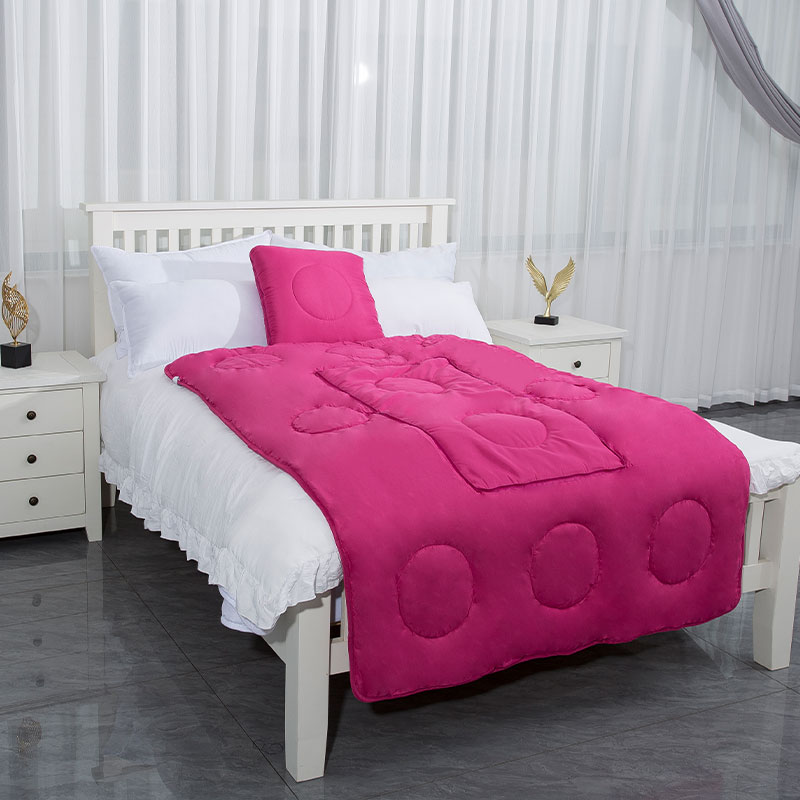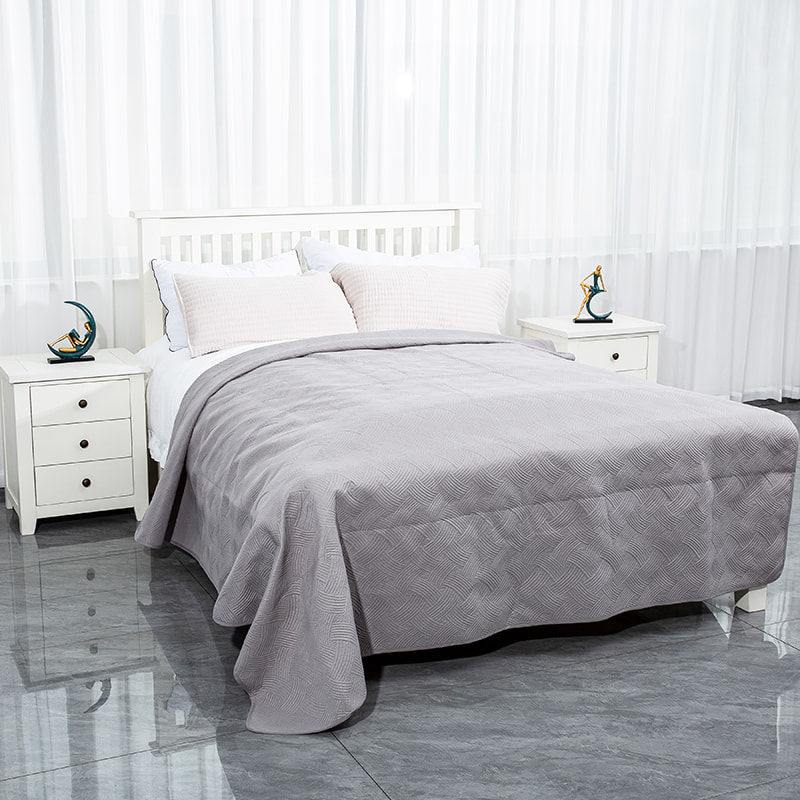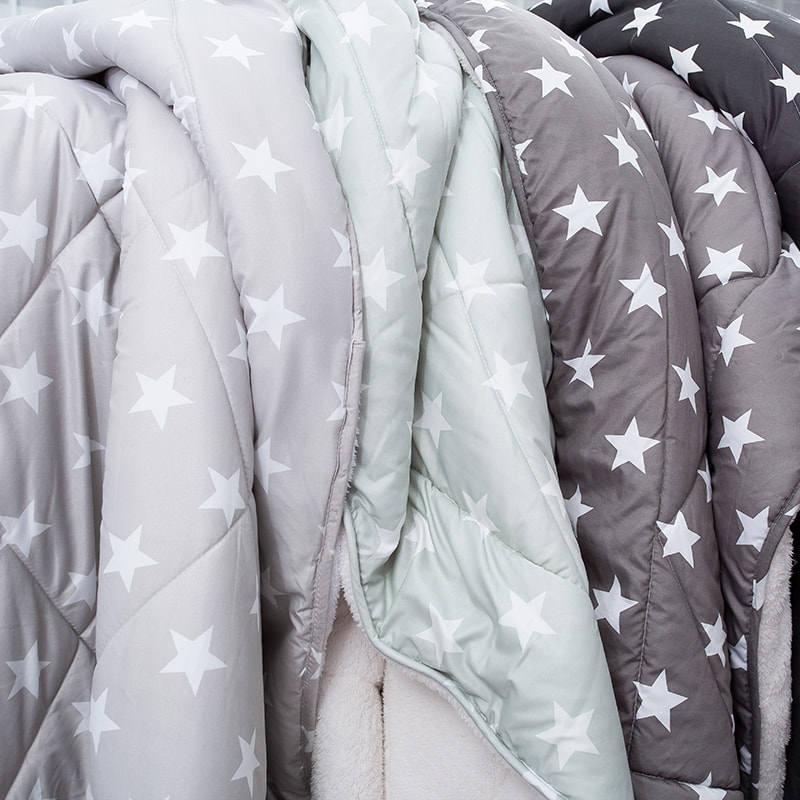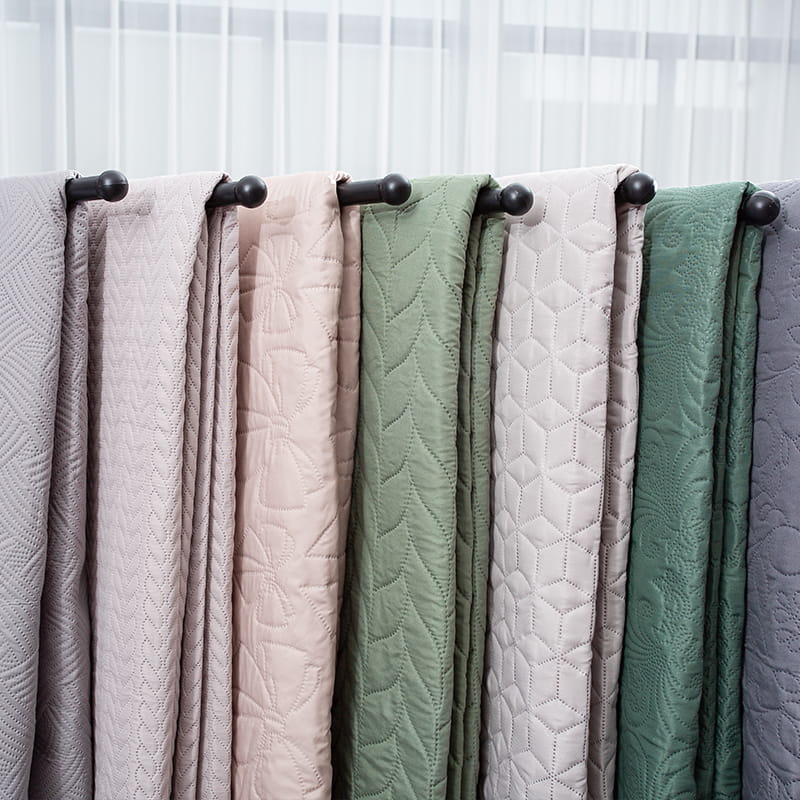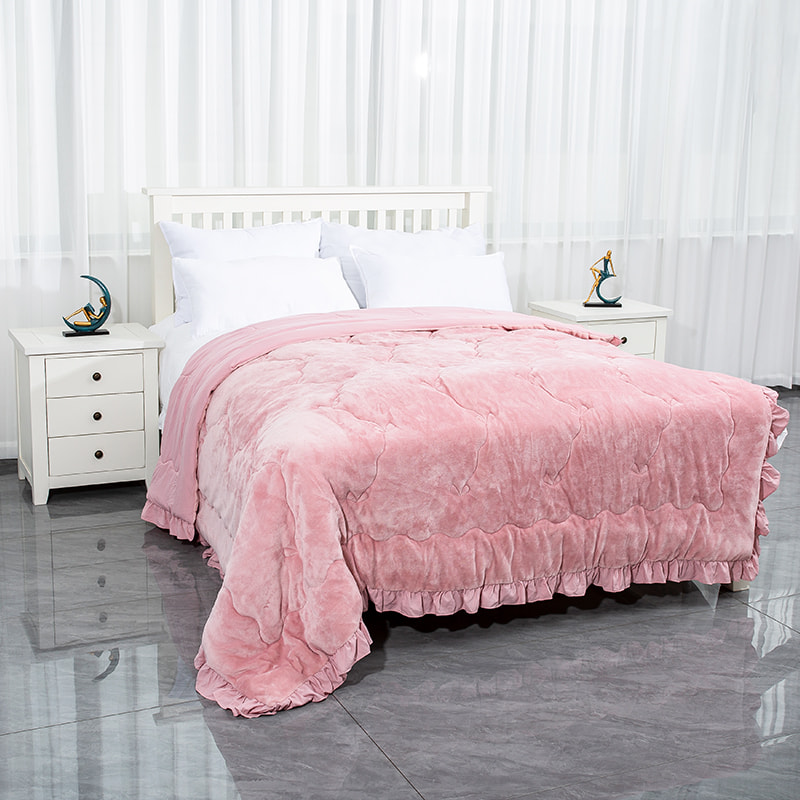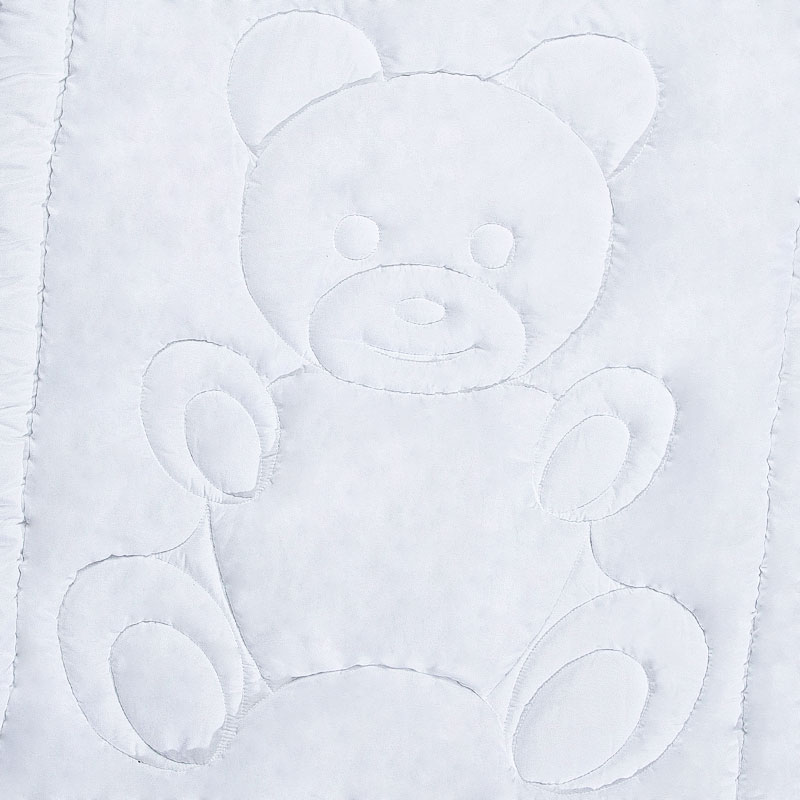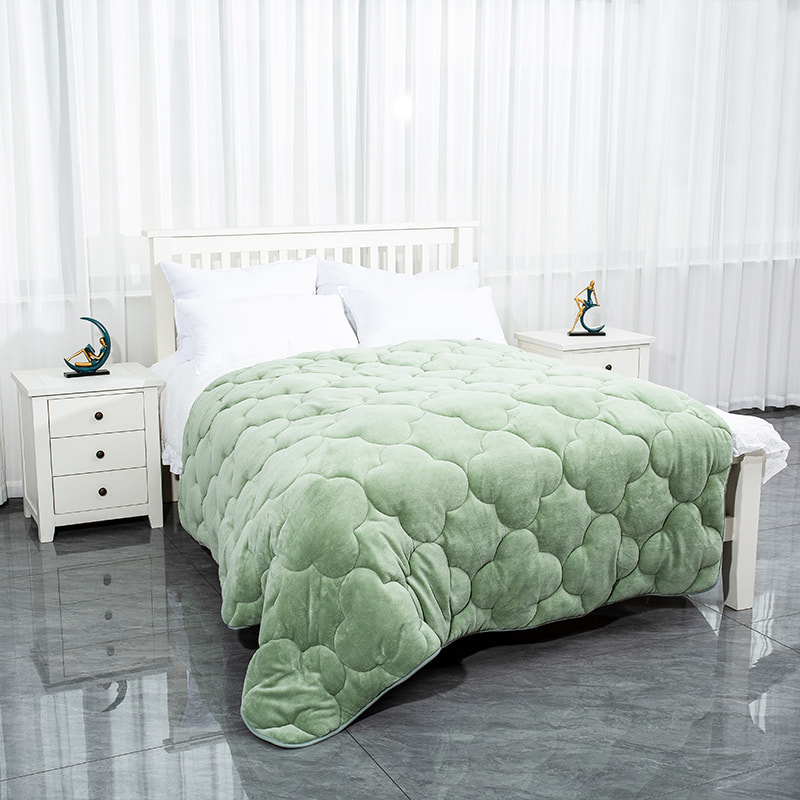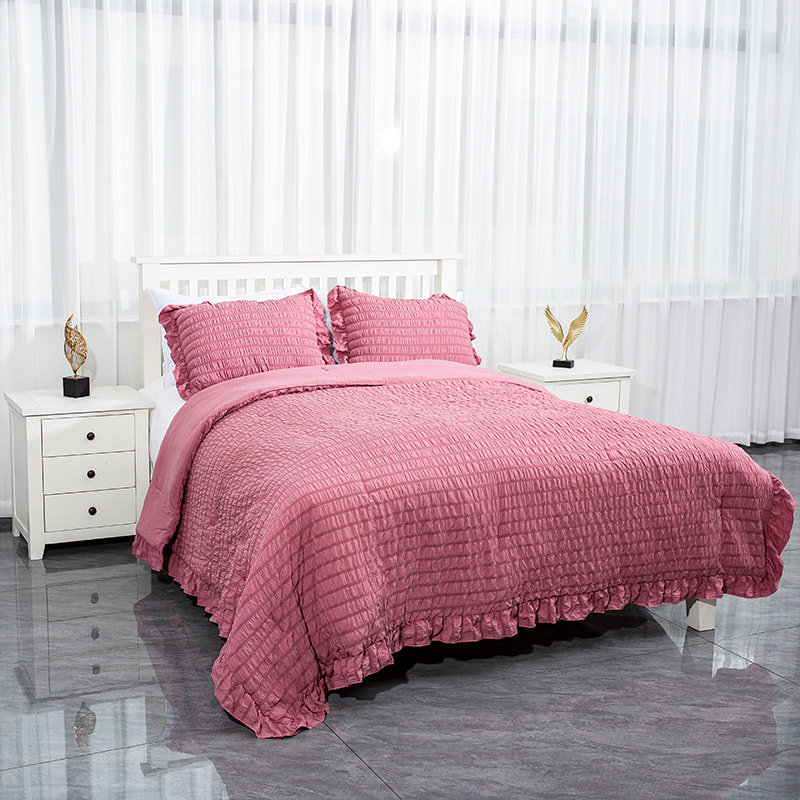Beyond Traditional Cushions: How Memory Foam's Molecular Design Redefines Support
Memory foam breaks the limitations of traditional cushion materials with its unique temperature-sensitive molecular structure, and reshapes the product's support and fit performance from a microscopic level. This polyurethane-based polymer material gives the cushion the ability to adaptively fit the human body contour through the dynamic changes of the molecular chain under temperature stimulation, achieving a leap from physical contact to zero-pressure wrapping.
The core secret of memory foam lies in its precise molecular structure. As a polyurethane-based material, memory foam consists of long-chain molecules cross-linked to form a three-dimensional network structure. Under normal temperature conditions, the cross-linking points between the molecular chains form a stable connection, allowing the material to maintain a specific hardness and shape, providing basic support for the cushion. This relatively fixed molecular state ensures that the cushion maintains its original shape when not in use, avoiding collapse and deformation, and meeting daily storage and placement needs. When the human body contacts the cushion, the subtle temperature change triggers the "intelligent response" mechanism of the molecular chain.
After the human body temperature is transmitted to the surface of the memory foam, the thermodynamic state of the molecular chain inside the material changes. The thermal energy significantly increases the activity of the originally relatively static molecular chains, weakens the intermolecular forces, and the molecular chains in the local area begin to gain a higher degree of freedom of movement. This change breaks the cross-linking balance at room temperature, causing the memory foam to soften locally, and then deform according to the pressure and contour applied by the human body. Take the lumbar cushion as an example. When the user leans on it with his waist, the lordotic curve of the lumbar spine exerts pressure on the cushion, and the body temperature is transmitted to the contact area. The memory foam molecular chains are rearranged under the drive of thermal energy, actively filling the gap between the lumbar spine and the cushion, and achieving seamless fit from the lower back to the sacrum area.
The dynamic deformation process of memory foam is not a simple physical extrusion, but an orderly reconstruction at the molecular level. Under the dual effects of body temperature and pressure, the molecular chain adjusts the spatial conformation by rotation, displacement, etc., forming a shape that complements the human body contour. This adaptive fit not only eliminates the local suspension or compression caused by the fixed shape of traditional cushions, but also achieves a "zero pressure level" wrapping effect by evenly dispersing the pressure. When the shoulder leans against the memory foam cushion, the material will disperse the pressure to a larger area according to the curvature of the shoulder and the direction of force, avoiding excessive pressure on the protruding bone parts and effectively relieving muscle tension. The rearrangement of the molecular chain makes the contact surface between the cushion and the skin smoother, reduces friction discomfort, and improves the overall contact experience.
From the microscopic changes of the molecular chain to the response of the macroscopic morphology of the cushion, memory foam deeply integrates material science and ergonomics. Its temperature-sensitive molecular structure gives the cushion the intelligent characteristics of "sense-adapt-support", making the cushion no longer a passive filler, but a functional carrier that can actively meet the needs of the human body. Whether it is the precise support for the waist when working at a desk for a long time, or the flexible wrapping of the neck while driving, the memory foam cushion brings users an unprecedented comfortable leaning experience with precise changes at the molecular level.

 English
English 中文简体
中文简体 Español
Español previous post
previous post
